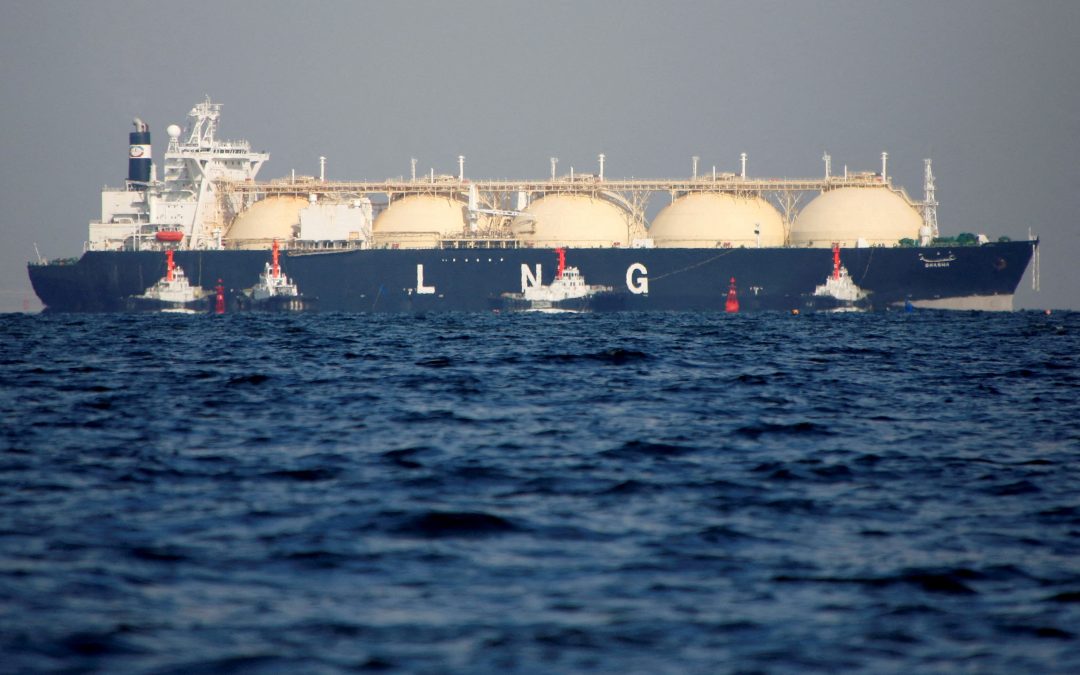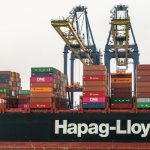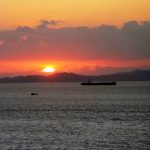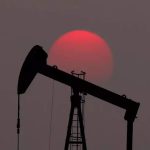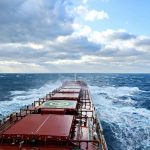South Korea christened its new domestically designed and built liquified natural gas bunker vessel this week. The ship marks a milestone as it incorporates the country’s newly developed second-generation LNG containment system. The goal was to develop a domestic technology that will be competitive on the international market and provide a marketing advantage for Korean shipbuilders.
Christened the Blue Whale, the vessel has the capacity to provide 7,500 cubic meters of LNG fuel directly to vessels, which represents an advancement as it replaces up to 250 trucks required to deliver the same amount of LNG. The vessel was built in a project led by Korea LNG Bunkering which is a subsidiary of KOGAS, which in turn was selected by the Ministry of Trade, Industry and Energy in 2020. The government provided a subsidy of $11.7 million to support the development and construction of the bunker vessel with the new tank design and technology
The completion of the ship marks a 20-year effort by Korea to develop a domestic LNG containment system. Officials noted that while their shipyards continue to be a leader in the construction of LNG carriers, they and their competitors continue to license containment technology at a cost of up to $7.5 million per vessel. The goal of the project was to end Korean dependence on technologies from French giant GTT, the world’s leading company in the design and construction of LNG tanks and containment systems.
“We will be able to secure advanced, high-value homegrown cargo technology, as the Blue Whale will verify the KC-2 system for commercialization,” said Korea’s Ministry of Trade, Industry and Energy.
The new system is the second attempt by the South Koreans in a project that began in 2004 when Korea Gas Corporation in partnership with Daewoo Shipbuilding and Marine Engineering, Hyundai Heavy Industries, and Samsung Heavy Industries, began to jointly develop LNG tanks with support from the government.
The first product, the KC-1 LNG tank technology, took 10 years to develop and was adapted for use on four domestic ships, but structural defects caused gas leakages, and installation of the tank on carriers was halted. Based on lessons learned with the KC-1 membrane technology, the Korean government launched a second project in 2017 to upgrade the system to come up with the advanced KC-2 tank design.
The Blue Whale will be operated by Hyundai LNG Shipping after winning a bidding contest in January for the right to run the vessel. It will be employed for bunkering and will undergo a rigorous series of tests and demonstrations. Korea expects to commercialize the KC-2 technology to provide a new competitive advantage in the sector.
Korean shipyards continue to be the leader in shipbuilding for gas carriers although China has begun to compete for new orders. The Blue Whale was built by Hyundai Heavy Industries at the Ulsan Shipyard at a cost of $41.7 million. Hyundai Heavy Industries highlights that it has built a total of 100 LNG ships to date and that it currently has orders for 58 of the 155 LNG carriers to be built worldwide.
Source: Maritime Executive

